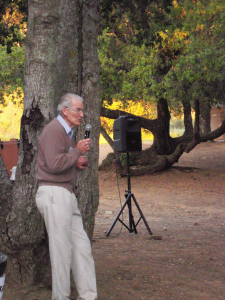The Central Coast has a long history of conservation achievements, borne by the vision and determination of local residents who have dedicated their lives to protecting and defending our region’s wild landscapes. As ForestWatch continues their good work, we proudly present the Wilderness Legacy Award each year, honoring the legacy of our conservation heroes.
Recipients
2019: John & Kathy Broesamle
2018: Dr. Rupert Cutler
2017: The Thacher School
2016: Congresswoman Lois Capps
2015: Pat Veesart
2014: Jan Hamber
2013: Yvon Chouinard & Patagonia, Harold Miossi
2012: Alasdair Coyne
2011: Sally Reid
2010: Dick Smith
2009: Robert Easton, Jim Mills, and Fred Eissler
2019
John & Kathy Broesamle
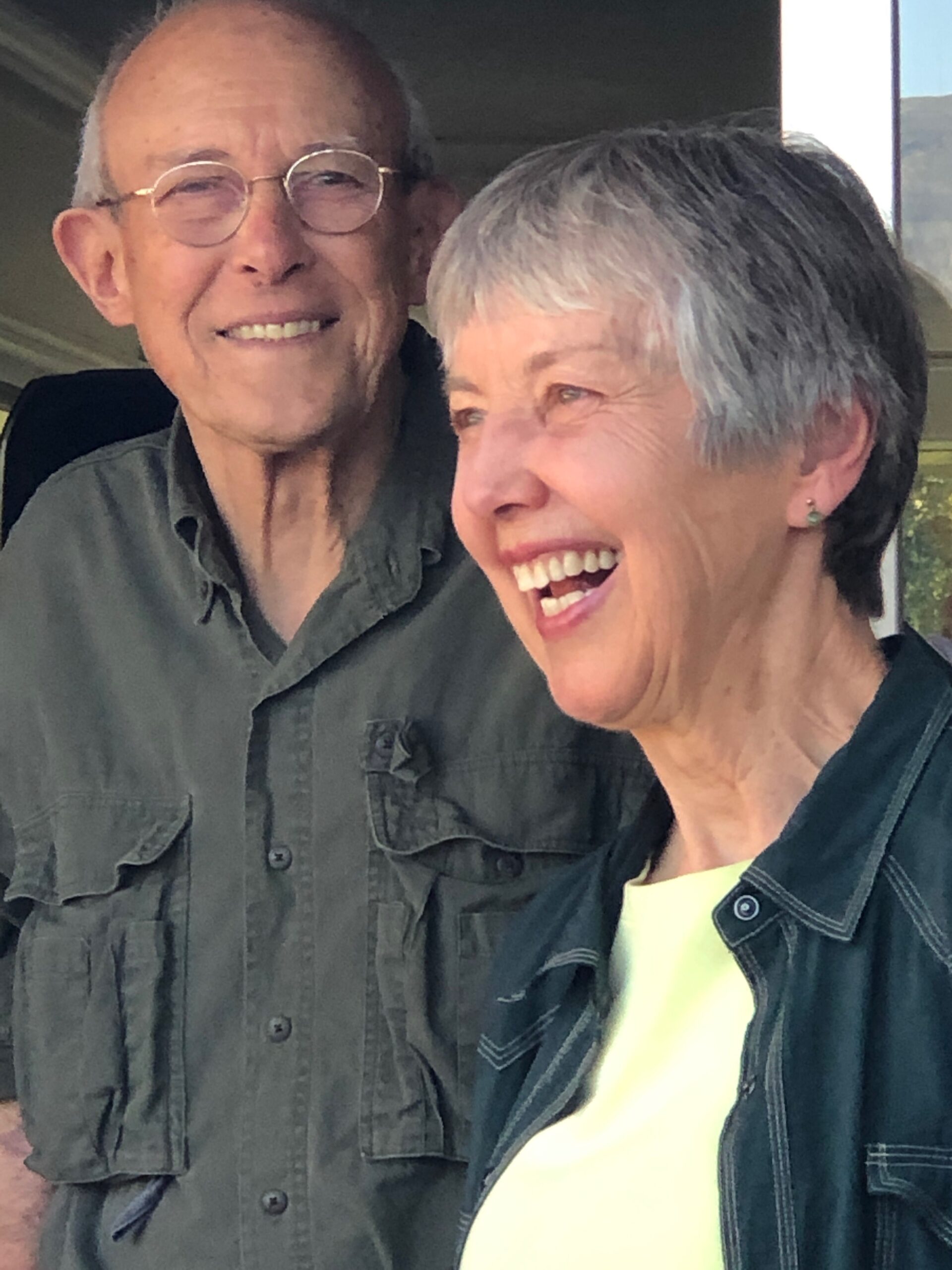 Kathy and John Broesamle have lived in the Ojai Valley for more than 30 years, and together they have served as a powerful force in protecting our region’s environmental well-being. For nearly a decade, Kathy volunteered as the event coordinator for a local land conservation group. She also served on the first board of directors for the Ojai Valley Defense Fund, a nonprofit that provides financial support to groups undertaking legal action to protect and sustain the environmental quality of the Ojai Valley for the public benefit. Kathy and John played a key role in Ventura County’s SOAR initiative to protect farms and open space.
Kathy and John Broesamle have lived in the Ojai Valley for more than 30 years, and together they have served as a powerful force in protecting our region’s environmental well-being. For nearly a decade, Kathy volunteered as the event coordinator for a local land conservation group. She also served on the first board of directors for the Ojai Valley Defense Fund, a nonprofit that provides financial support to groups undertaking legal action to protect and sustain the environmental quality of the Ojai Valley for the public benefit. Kathy and John played a key role in Ventura County’s SOAR initiative to protect farms and open space.
John managed the campaign of an ahead-of-its-time 1980 growth control initiative for the City of Thousand Oaks. John was President of the Ojai Valley Land Conservancy from 1998 to 2000. He has received numerous accolades, including Ojai Citizen of the Year by the Chamber of Commerce, an Ojai Living Treasure by the Rotary Clubs of Ojai, the Environmental Defense Center Lifetime Achievement Award, Best Volunteer of the Ojai Valley, and a top “25 over 50” community leader by the Ventura County Star. John also founded the Ojai Valley Defense Fund and served as its first president. Recognized in 2018 with the Defense Fund’s James D. Loebl Award for environmental excellence, John has been described by Ojai Mayor Johnny Johnston as a “conservation giant.”
2018
Dr. Rupert Cutler
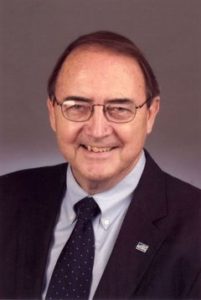
As the Assistant Executive Director for The Wilderness Society in the 1960s, Rupert Cutler was instrumental in working with local residents throughout Santa Barbara County to secure passage of the San Rafael Wilderness Act. Signed into law in 1968 and celebrating its 50th Anniversary this year, the San Rafael Wilderness was the first citizen-driven wilderness campaign and still serves as a model for how local residents can join together to preserve wilderness lands for current and future generations to enjoy.
After obtaining his Ph.D. degree in 1972 he joined the Michigan State University faculty as assistant professor of resource development and extension specialist in natural resources policy. In 1977, President Carter appointed him assistant secretary of agriculture for conservation, research, and education. His initiatives as assistant secretary included a review of the entire national forest system for wilderness opportunities.
Dr. Cutler went on to serve as senior vice president of the National Audubon Society and president/CEO of Defenders of Wildlife. Rupert Cutler now resides in Roanoke, Virginia, where he has served as founding executive director of both Virginia’s Explore Park and the Western Virginia Land Trust, now the Blue Ridge Land Conservancy. Since retiring in 1999 he has served on several nonprofit agency boards and citizen advisory committees, including six years on the Roanoke City Council and eight years as an appointee of Governors Warner and Kaine on the board of trustees of the Virginia Outdoors Foundation.
2017
The Thacher School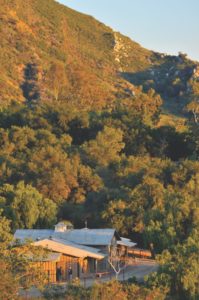
The Thacher School’s commitment to remain firmly grounded in an outdoor ethic, a responsibility to environmental sustainability, and a deep connection to nature resonates deeply with us. Every fall and spring – and many weekend trips between – students and faculty take to the trails for backpacking trips, leaving out their back door to explore the Los Padres National Forest and other wild and protected places across our beautiful state of California. And on other weekends, you are likely to find small groups of students and faculty members maintaining and improving trails such as Horn Canyon Trail, a gateway from the Ojai Valley into the Los Padres National Forest. Within our community, The Thacher School serves as a beacon of balanced living, an example of how to live, play, and work sustainably.
Join us on the 10th Anniversary of Ojai WILD!, coinciding with the 25th Anniversary of the Sespe Wilderness that The Thacher School holds dear, as we proudly present this year’s Wilderness Legacy Award to Head of School Michael Mulligan, a strong ally in our work to protect and preserve our local backcountry.
2016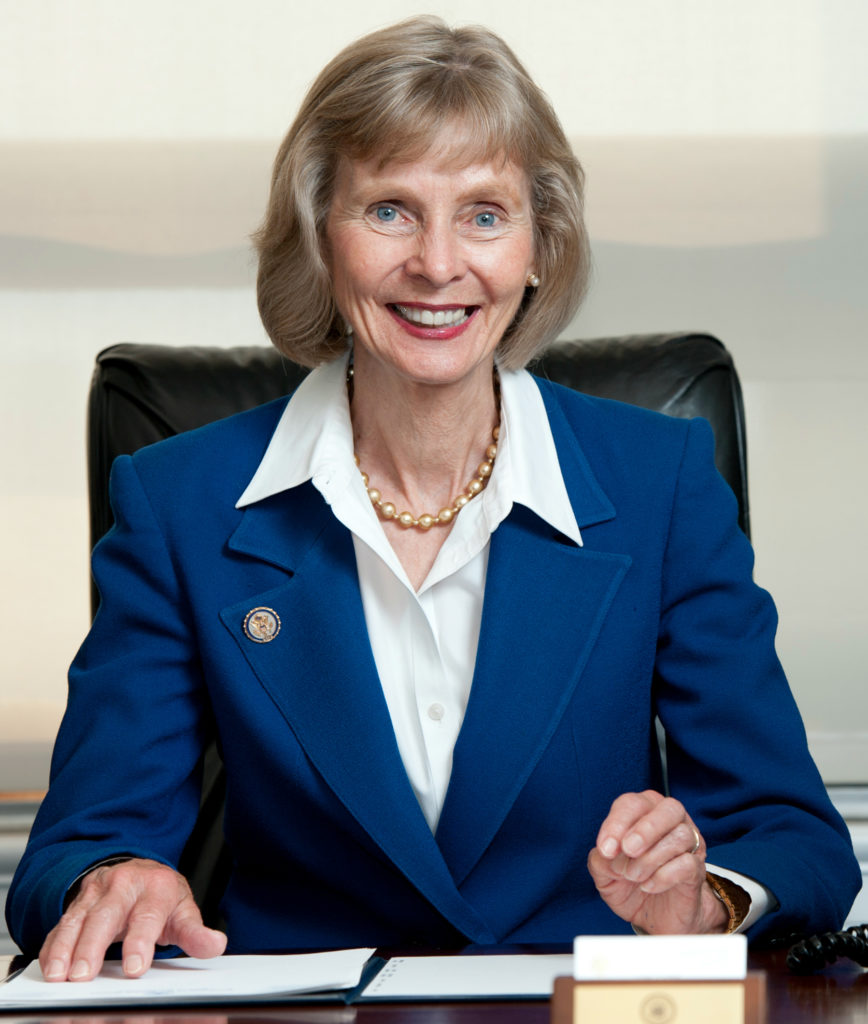
Congresswoman Lois Capps
Presented at the 2nd Annual Santa Barbara WILD! at the Riviera Park Gardens, Santa Barbara, October 23, 2016
Congresswoman Lois Capps has represented communities along California’s Central Coast since 1998. Her record is exemplary: Capps’ legislation encouraged the establishment of the Carrizo Plain National Monument, and she has introduced legislation to ban oil drilling in the Los Padres National Forest, to stop the Adventure Pass, to study the feasibility of a Gaviota Coast National Park, and to expand the network of wilderness areas and wild and scenic rivers in the Los Padres National Forest. She has been a strong ally on behalf of our environment, supporting land conservation initiatives and opposing misguided attempts to roll back America’s bedrock environmental protection laws. These accomplishments and more earned the Congresswoman a 95% lifetime score from the League of Conservation Voters.
As Congresswoman Capps completes her last term in Congress, join us in honoring her quarter-century of protecting and defending our public lands. Thank you for ensuring that these lands — from the Los Padres National Forest to Washington DC — will continue to thrive for current and future generations.
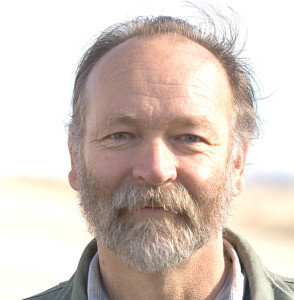 2015
2015
Pat Veesart
Presented at the 8th Annual Ojai Wild! at the Thacher School’s Diamond Hitch Camp, Ojai, April 19, 2015
Among his many notable achievements, Pat has been a staunch advocate for the preservation of the Carrizo Plain National Monument in San Luis Obispo County, adjacent to the national forest. He is a familiar face at monument advisory committee meetings, has written countless letters, and has advocated and secured stronger land management policies for this vast and magnificent landscape. For those who have visited the Carrizo Plain, it’s no wonder why he calls this place his true home.
Pat was one of the key leaders in a coalition that successfully defeated plans to build a golf course, luxury hotel, dude ranch, and marina at San Simeon. The gateway to the famed Big Sur coastline would look dramatically different today without his leadership.
His accomplishments aren’t limited to the central coast, or to public lands. As Executive Director of the Sitka Conservation Society, he helped stop commercial timber sales in pristine roadless areas throughout Alaska. As a leader of the San Luis Obispo Bicycle Coalition, he pioneered an effort to persuade the City of SLO to dedicate annual funding for bicycle lanes. He served for several years on the San Luis Obispo County Planning Commission. And he was a key player in the campaign that convinced SLO voters to turn down state water imports that would have threatened more urban sprawl.
Pat is a founding member of the Board of Directors of Los Padres ForestWatch. As he retires this year, we would like to honor his nine years of service and recognize the tremendous role he has played in shaping land conservation efforts throughout our region and beyond.
2014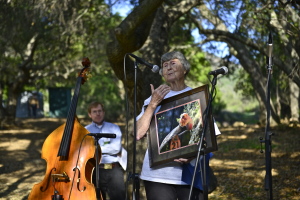
Jan Hamber
Presented at the 7th Annual Ojai Wild! at the Thacher School’s Diamond Hitch Camp, Ojai, April 12, 2014
For her lifelong commitment to protecting endangered California Condors. Of all the species faced with extinction, few came as close and have meant as much to the local community as these great birds.
Wanting to be a naturalist since age nine, Hamber started bird-watching as a Cornell University student in the 1950s, and began volunteering in 1959 at the Santa Barbara Museum of Natural History.
“The first time I ventured into the backcountry of the Los Padres National Forest was when I became a part of the research team assembled by Dick Smith. The goal was to keep track of a pair of condors Dick had discovered nesting in the Indian Creek area in 1973. I was awed by the beauty of the Big Pine Mountain area — such a change from the chaparral-covered hills behind Santa Barbara. I had no idea such an incredible place existed in our county!”
Thanks to Jan and the countless others she’s worked with over the years, condors now number well over 400 individuals, including more the 200 flying free in the wild, from as few as 27 in the 1980s.
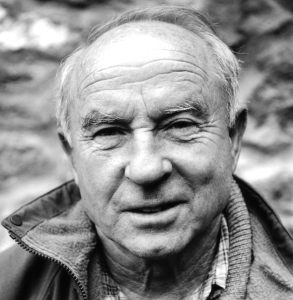 2013
2013
Yvon Chouinard & Patagonia
Presented at the 6th Annual Ojai Wild! at the Thacher School’s Diamond Hitch Camp, Ojai, April 13, 2013
“Patagonia is an invaluable partner in the Ventura County community, working with local organizations like Los Padres Forest Watch to protect California’s wild places,” said Congreswoman Julia Brownley remarks on the floor of the U.S. House of Representatives on April 10, 2013. “Yvon Chouinard and Patagonia have had a positive and lasting influence on the preservation of the Los Padres National Forest. I am pleased to join Los Padres ForestWatch in honoring Mr. Chouinard for his legacy of environmental activism and ensuring Patagonia is an exemplary model of environmental corporate stewardship.”
Mr. Chouinard started out as a self-taught blacksmith, selling aluminum pitons for mountain climbing out of the trunk of his car. The only pitons available at that time were made of soft iron, placed once, and then left in the rock to rust. In Yosemite, multiday ascents requiring hundreds of placements had left these once-smooth majestic surfaces scarred and pocked. Aluminum pitons revolutionized the sport, preventing further damage and preserving awe-inspiring peaks across the United States. In 2013, the company Mr. Chouinard founded, Patagonia, Inc., grossed $414 million dollars in sales.
As his business expanded to outdoor gear and clothing, Mr. Chouinard has brought these same ethical principles to bear by using recycled and organic materials and adapting energy efficient production methods. Every year, Patagonia pledges 1% of its yearly sales to further conservation work across the globe. Patagonia’s tireless commitment has proven that in business the planet does not need to be sacrificed for profit.
Patagonia is an invaluable partner in the Ventura County community, working with local organizations like Los Padres Forest Watch to protect California’s wild places. Shortly after Los Padres Forest Watch held its first board meeting in 2004, they received a grant from Patagonia. Since that time, Patagonia has generously given grants to support their important local forest protection work, as well as volunteering their employees, donating their products, and organizing fundraising events like the annual 5k Salmon Run. Yvon Chouinard and Patagonia have had a positive and lasting influence on the preservation of the Los Padres National Forest
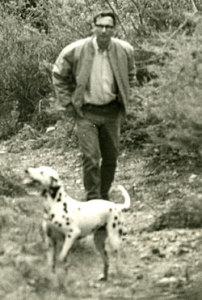 Harold Miossi (posthumously)
Harold Miossi (posthumously)
Presented at the Redwoods to Chaparral Art Show at Tiber Canyon Ranch in San Luis Obispo, May 18, 2013
Accepted by lifelong friends Howard Carroll and Keith Gurnee.
Harold was a second-generation San Luis Obispo County native and lived on his family’s ranch in Cuesta Canyon, just north of the City of San Luis Obispo. A firm believer that individuals shape the world in which they live, Miossi was an active community leader and one of the County’s most accomplished advocates for open space. Working with conservationist and condor activist Ian McMillan, he crafted a master plan to keep Montaña de Oro in its natural state, and thwarted efforts to permit off–road vehicular use. Later in the 1960s, Miossi, McMillan, Dr. Robert Hoover, and Martin Litton fought within and without the Sierra Club against construction of the Diablo Canyon Nuclear Power Plant, and testified at a Public Utilities Commission hearing to prevent the devastation to surrounding countryside caused by erection of the PG&E power transmission lines. Among Harold’s other noted accomplishments is battling the U.S. Forest Service to prevent clear-cutting of the Sargent Cypress grove on west Cuesta Ridge, which was aided U.S. Supreme Court Justice William O. Douglas.
Miossi was most proud of his effort to prevent the “burying of Cuesta Canyon alive” with an eight–lane freeway, a feat that McMillan later described “as the greatest conservation achievement so far in the history of San Luis Obispo County.” What started as a lonely battle with Miossi opposing Caltrans ended as a concerted effort of adherents from all areas of the community. Pressures were brought to bear statewide — from articles in the Los Angeles Times, San Francisco Chronicle and Sunset magazine, an undertaking of gigantic proportions that could well serve as a syllabus for coalition building. Mary Barnett, in her 1980 California Today piece entitled “How to Beat Mr. Big,” wrote, “When Miossi undertook his fight, it was a lonely one against what seemed great odds. But he had faith in the justice of his stand, and in the democratic process, in his friends and neighbors and in their good sense and love of the land. If faith can move mountains, it can also sometimes keep them where they are.”
When Miossi became the second chair of the Santa Lucia Chapter of the Sierra Club, a primary goal was the creation of the Santa Lucia Wilderness Area, a project that the chapter had been working for since the passage of the Wilderness Act of 1964. Wilderness status was being thwarted by the district’s Congressional representative and by the U.S. Forest Service, who used the argument that only “experts and bureaucrats should determine what tracts should be saved.” But when Alan Cranston was elected to the U.S. Senate from California in 1968, Miossi redoubled his efforts. Cranston sent his staff headed by Roy Greenaway, another friend of long standing, to tour Lopez Canyon, part of the proposed Wilderness Area. On seeing the dramatic beauty of the canyon, Greenaway at the end said, “Write the bill! Alan will introduce it!”
Miossi and Lee Wilson, a former chair of the Santa Lucia Chapter, drafted the legal description of the 22,250-acre tract, which Cranston introduced in December 1971, called Senate Bill 3027 for Lopez Wilderness. But the opposition from Talcott continued and successfully thwarted enactment. The name was changed from “Lopez” to “Santa Lucia Wilderness” after the name of the mountain range. However, it was not until Leon Panetta defeated Talcott for the district’s congressional seat in 1976 that the area was incorporated with other wilderness proposals, and was passed and signed by President Carter in 1978. The Santa Lucia Wilderness remains today as the oldest and largest formally-designated wilderness area in San Luis Obispo County, forever serving as a testament to Harold’s land conservation ethic.
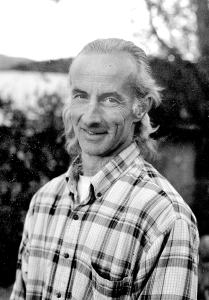 2012
2012
Alasdair Coyne
Presented at the 5th Annual Ojai Wild! at the Thacher School’s Diamond Hitch Camp, Ojai, March 31, 2012
Alasdair Coyne began working to protect our region’s wild places shortly after he first moved to Ojai in 1986. Alasdair was a founding board member of Keep Sespe Wild Committee, and due in part to his efforts, the Condor Range and River Protection Act was signed into law in 1992, designating 31.5 miles of Sespe Creek as a Wild and Scenic River. Since those busy early days, Keep Sespe Wild has worked to educate the public about endangered species in the watershed, such as the southern steelhead, the arroyo toad and the California condor. For the past twenty years, Alasdair has also organized long-distance hikes along Sespe Creek to manually eradicate tamarisk — a highly-invasive plant — from the watershed without the use of herbicides.
Alasdair has also been a national leader in efforts to repeal fees levied for access to Forest Service lands, and is currently working with a coalition of land conservation organizations — including ForestWatch — to protect the remainder of Sespe Creek as well as other wilderness-quality lands in the watershed.
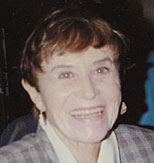 2011
2011
Sally Reid (posthumously)
Presented at the 4th Annual Ojai Wild! at the Thacher School’s Diamond Hitch Camp, Ojai, April 2, 2011
Accepted by family and friends of Sally Reid.
The late Sally Reid (1919-2002), was one of the most important conservation leaders in our region for nearly three decades.
Wilderness in California owes much to the leadership of Sally. She chaired the committee that developed the proposals for wilderness that ultimately were signed into law as the California Wilderness Act in 1984, establishing the Dick Smith and Machesna Mountain wilderness areas and significantly expanding the existing San Rafael and Ventana wilderness areas. And in 1992, Sally successfully fought for the creation of the Chumash, Sespe, and Matilija wilderness areas. The Los Padres National Forest would be a much different place were it not for the hard work and passion of Sally Reid, and we honor her for this.
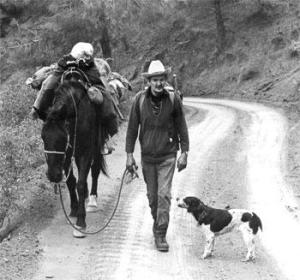 2010
2010
Dick Smith (posthumously)
Presented at the 3rd Annual Ojai Wild! at the Thacher School’s Diamond Hitch Camp, Ojai, April 3, 2010
Accepted by the family of Dick Smith.
2010’s honoree is the late Dick Smith, a local journalist, author, photographer, and backcountry explorer who devoted his life to protecting our local backcountry and its iconic wildlife.
Fascinated by the natural world, Dick became one of our region’s foremost authorities on wilderness areas. He was especially interested in the California condor, and his efforts to protect the endangered bird led to the publication of two of his most popular books, Condor Journal: The History, Mythology and Reality of the California Condor and California Condor: Vanishing American.
In the 1960s, Smith worked tirelessly to help permanently protect our local backcountry, and in 1968 these efforts culminated in the establishment of the San Rafael Wilderness Area. Dick’s untimely death in 1977 prompted his friends and supporters to campaign for naming the Madulce area (one of his favorite spots to visit adjacent to the San Rafael Wilderness) in Dick’s memory. In 1984, Congress formally established the 64,700-acre Dick Smith Wilderness Area, permanently protecting this magnificent landscape.
 2009
2009
Robert Olney Easton (posthumously)
Presented at the 2nd Annual Ojai Wild! at the Thacher School’s Diamond Hitch Camp, Ojai, April 4, 2009
Accepted by his daughter, Ellen Easton.
Robert Olney Easton was long recognized as one of the leading writers in the West and was a third-generation conservationist. During his youth, he spent time on his family’s ranch along the Sisquoc River, adjacent to the Los Padres National Forest. He was personally involved in efforts to protect the California condor from extinction. The present Sisquoc Condor Sanctuary in the Sierra Madre Mountains of Santa Barbara’s backcountry exists largely because of the efforts made by Robert and his family. Robert championed open space closer to civilization as well, working with the City of Santa Barbara to establish the Rattlesnake Canyon Wilderness Area adjacent to the forest in 1970. “Daddy was very instrumental in this,” remembers Lentz. “He helped negotiate the deal and get trail signs put up. He just hung in there. It was a place he loved, and he wanted to preserve it. Otherwise, it could have been just more houses.” With Dick Smith, in 1964 he co-authored California Condor: Vanishing American, a book concerning the threatened extinction of the California condor. He also authored “Black Tide,” a book about the 1969 Santa Barbara oil spill. Robert was active in the civic and environmental affairs of Santa Barbara, his adopted hometown. Robert was honored with the Pearl Chase Historic Preservation and Conservation Award in 1990. He passed away in 1999. “He would be so proud to know that Los Padres ForestWatch is carrying on a tradition of stewardship of the backcountry that is so dear to my father and our whole family,” – Ellen Easton.
Jim Mills
Presented at the 2nd Annual Ojai Wild! at the Thacher School’s Diamond Hitch Camp, Ojai, April 4, 2009
Jim grew up in Santa Barbara and spent time exploring the Santa Barbara backcountry with his friends and his father at an early age, concerned about the declining numbers of California condors in the wild. Jim joined the U.S. Forest Service as a firefighter near Big Sur at age 17 and working his way up to foreman of the station at the summit of San Marcos Pass near Santa Barbara. After returning from active duty in World War II, Jim became a pharmacist, and was struck by an article in the local newspaper about a proposal to construct a road through the heart of the Los Padres National Forest wilds. He, Robert, Fred, and others organized meetings, attended hearings, wrote letters to the editor, and lobbied Congress to protect much of the Santa Barbara backcountry as wilderness. He was instrumental in rallying the public to attend and provide effective testimony at a Congressional hearing regarding the establishment of the San Rafael Wilderness, eventually persuading Congress to establish the San Rafael Wilderness in 1968. Today it remains as the largest wilderness area in Santa Barbara County, forever protecting nearly 200,000 acres of forest land from development.
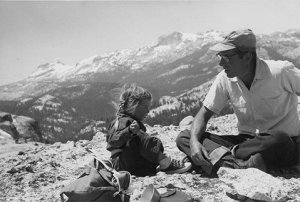 Fred Eissler
Fred Eissler
Presented at the 2nd Annual Ojai Wild! at the Thacher School’s Diamond Hitch Camp, Ojai, April 4, 2009
Frederick Eissler was a mountaineer, teacher, and dedicated environmental advocate. Fred immersed himself in the Sierra Nevada and Santa Barbara’s backcountry every chance he got. In the 1950s, he and his wife Anne were caretakers of a campground in Tuolumne Meadows at Yosemite National Park, where he led a successful campaign to change the national wilderness litter policy to “pack out all that you packed in.” He worked with legendary conservationist David Brower, and founded the Scenic Shoreline Preservation Conference. Fred’s passion for and commitment to place led him to work tirelessly on behalf of the Sierra Nevada and Santa Ynez Mountains; national forests and other public lands throughout California; Diablo Canyon, the Gaviota Coast, and other coastal wildlands; the Channel Islands National Park and the Channel Islands Marine Sanctuary; More Mesa; the Santa Barbara waterfront; and many other urban parks and open spaces. He traveled to Washington DC to testify in favor of protecting the San Rafael Wilderness. “Fred was one of my heroes,” recalls local advocate and environmental studies professor Marc McGinnes. “He took seriously his responsibilities as a citizen, teaching by example how to exercise the rights we all possess to meet our civic and ecological obligations. I never met a person who accomplished more to further the public conservation and environmental agenda during the several decades in which he was active. He was widely and deeply admired by his colleagues and allies as one of the most focused, fearless, and far-sighted among us.”

